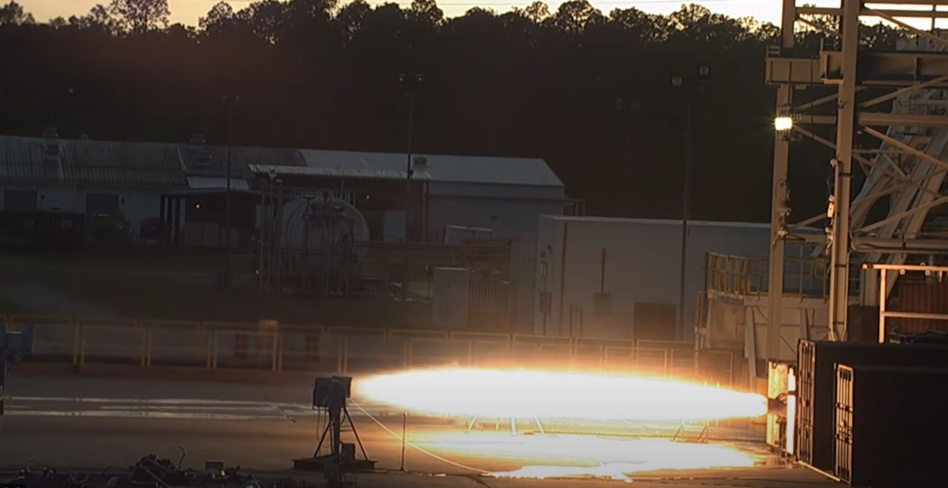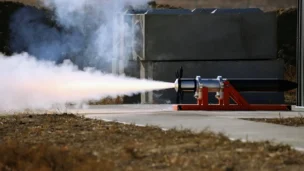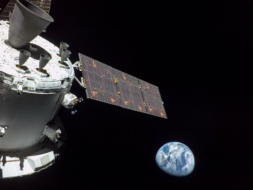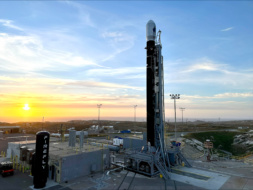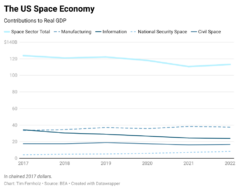Launcher has completed testing of its E-2 liquid rocket engine at NASA Stennis Space Center, the Hawthorne rocket startup announced this morning. The 3-D printed engine reached full thrust capacity during a Thursday test fire.
E-2: Launcher is building a closed-cycle, staged-combustion E-2 engine to loft a small-lift rocket currently in development. The engine runs on LOX/RP-1 propellant and its chamber is made out of one solid piece of copper alloy.
- The Thursday test fire achieved 10 metric tons of thrust and 100 bar of combustion pressure. The engine reached 90% efficiency during the test.
- The E-2 team is planning to tweak the engine to remove all film cooling before the next test, aiming to increase its efficiency to 98%.
- Film cooling = creating a barrier of coolant between the hot gas in the nozzle and the solid structure of the engine.
“This test was conducted without the pump, which we are developing in parallel,” CEO Max Haot told Payload. The long-duration test will be the first with the integrated turbopump. In Launcher’s next test campaign, “we’re aiming to get some blue Mach diamonds and world’s best specific impulse performance metric claims for a 3D-printed engine.”
Launcher Light
Launcher is in the process of building the small-lift launch vehicle, which is targeting a debut flight in 2024. Launcher Light will use one E-2 engine to bring 150kg of payload to LEO. The rocket is planned to be ground-transportable and require “minimal to no permanent infrastructure” to launch. This would grant Launcher the flexibility to launch from practically anywhere, a holy grail of spaceflight innovation.
Up next: E-2 still has a few more tests ahead. The next test, where the engineers will aim to increase the engine’s efficiency, is scheduled for early May. The first full duration, three-minute fire is targeted for late this year.
